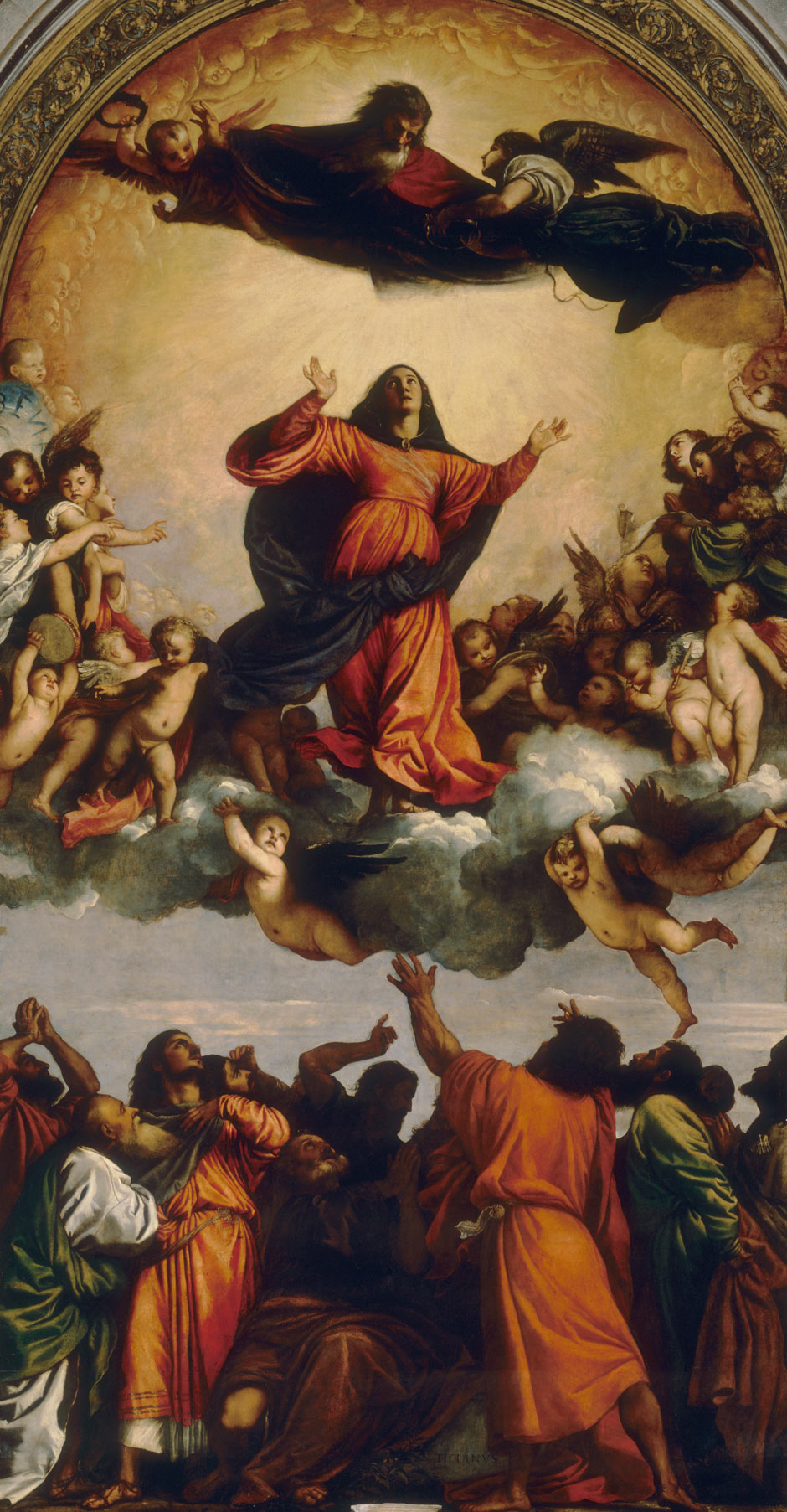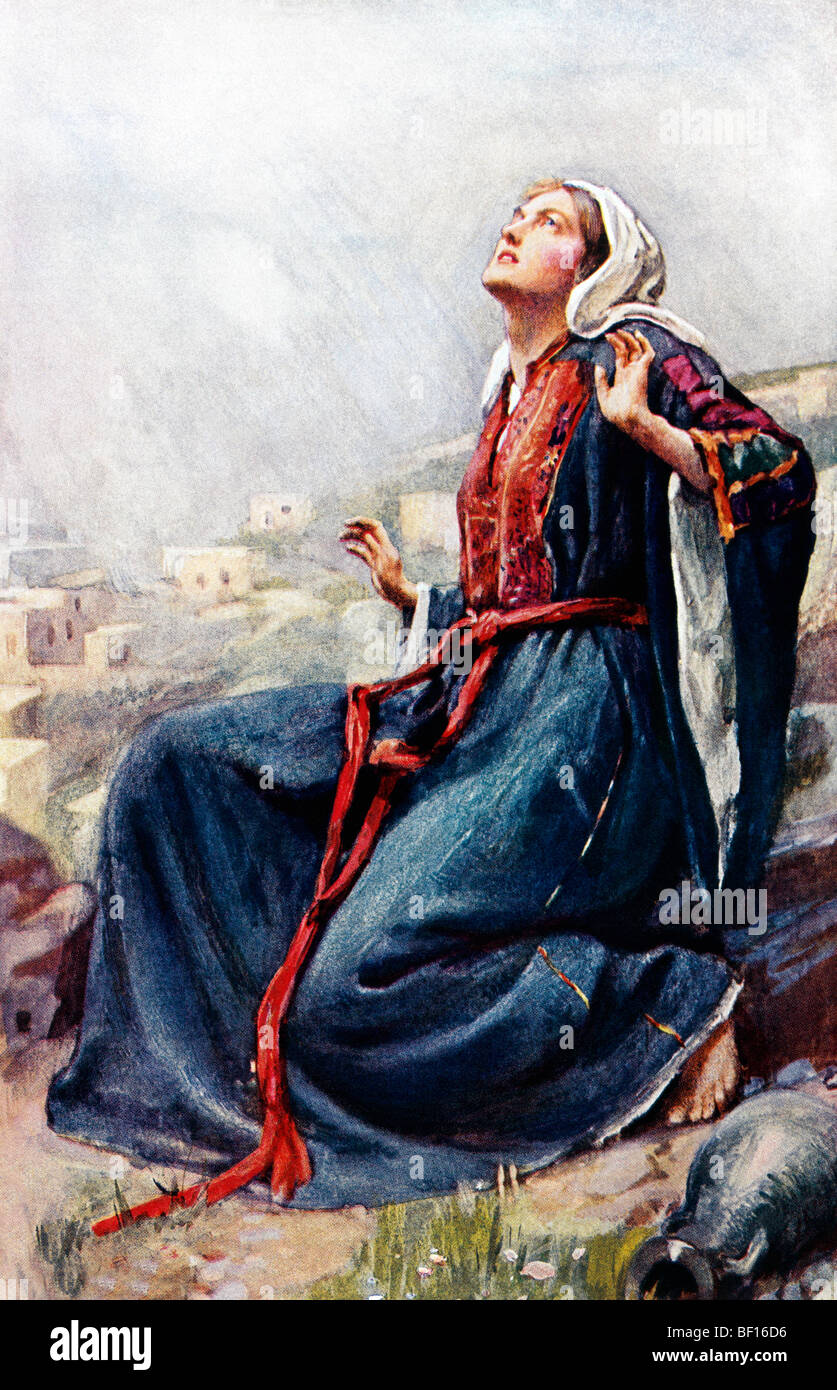

Mary is foreshadowed in the person of Eve, in that both are mothers of all the living, yet in different ways. (For a brief explanation of the justification of biblical typology, see here.) Christ, the Church, the sacraments, and Mary are all prefigured in the Old Testament, in much the way a human author foreshadows future events in a novel. Feingold explains how Mary is present typologically in various female figures in the Old Testament. In the second talk, given on September 29, Dr. This mission required preparation, and the whole of the Old Testament is a record of this preparation, a preparation that culminates in Mary as the perfect and holy Daughter of Zion, who by God’s election would bring forth the Redeemer into the world.

Feingold brings out the parallelism between Mary and Israel, and the way in which Israel realizes her mission only through Mary. In the second part of this first talk, Dr. In this third way Mary sums up in herself the ultimate mission of the Jewish people. He explains that Mary is present in the Old Testament in three ways: in prophecy concerning the mother of the Redeemer, in Old Testament figures of Mary, and in the ultimate mission of Israel, which is to prepare for the birth of the Redeemer.

Feingold introduces the whole series, by discussing the importance of Mariology, and briefly surveying the Protestant objections to Mariology.
#THE TESTAMENT OF MARY THE MOTHER SERIES#
Lawrence Feingold of the Institute for Pastoral Studies at Ave Maria University, has presented two teachings on Mary in the Old Testament, as part of a longer teaching series on Mariology for the Association of Hebrew Catholics.Īt the beginning of the first talk (see below), given on September 22, Dr.


 0 kommentar(er)
0 kommentar(er)
